Peggy Herman Neurosciences Center
Help ensure neurological patients receive cutting-edge care for everything from neurological trauma to stroke to neurovascular disease and paralysis.
Support Breakthrough Neurological Care
Queen of the Valley offers a full range of emergency, diagnosis, treatment, rehabilitation and prevention services. We deliver fast treatment for stroke at our Primary Stroke Center and our care team includes neurosurgeons from the Department of Neurological Surgery at the University of California, San Francisco. When you need the highest level of neurological care, you get immediate access to top-notch brain and spine care at the Queen.
Every Second Counts
Your Impact
With 350 stroke patients arriving at the Queen each year, maintaining an advanced stroke and neurology program is critical for ensuring that patients are treated within the “golden window” of three to four hours for best outcomes from ischemic and hemorrhagic strokes.
Critical Education
Upgrades of our sophisticated stroke mannequin and simulation lab have enhanced the nursing staff’s ability to give the best possible response to patients suffering strokes.
Response Ready
Continued education and hands-on training help ensure that our Emergency Department and Intensive Care nurses recognize and are ready to respond to an acute stroke in a timely and appropriate manner.
Top Physicians
Staying up-to-date with technology helps the Queen attract and retain the best physicians. Our affiliation with University of California San Francisco Medical Center, for example, provides our patients with access to top neurosurgeons.
Our Priorities
Area of Greatest Need
O-Arm Surgical Imaging System
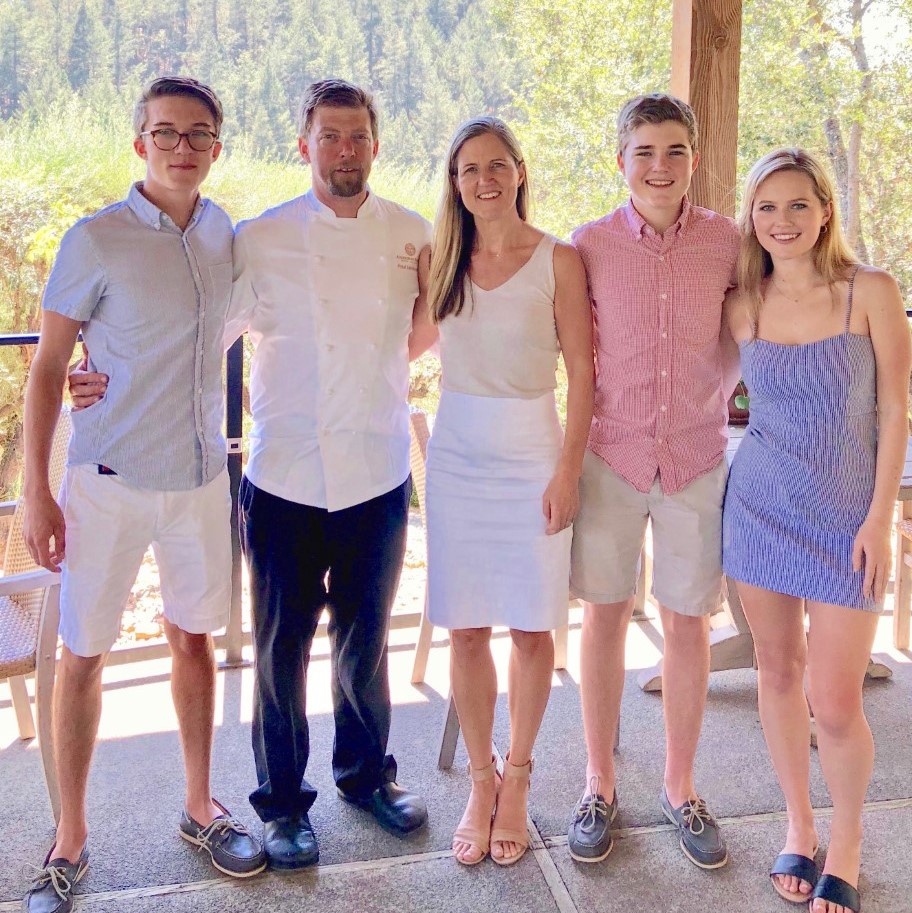
Time is Brain
As Paul Lemieux drove home from work on the first day of September, he was overcome with a sudden, sharp headache. The 48-year-old executive pastry chef, husband and father of three thought it was from skipping his afternoon espresso. But when his vision and thoughts became distorted, he knew he was in trouble and pulled off the road so abruptly he landed in a shallow ditch.
Looking in the mirror at his left cheek because it tingled, he realized he couldn’t smile. He knew he was having a stroke. Paul also knew that getting care fast was critical. In fact, with an acute ischemic stroke, like Paul’s, the optimal treatment window is less than three and a half hours.
He tried reaching for his phone on the seat next to him, but his right arm and leg wouldn’t move. Once Paul was finally able to grasp his phone, he fumbled with the numbers, dialing #3, then #9—each time he struggled to delete the wrong numbers and start again. Finally, he was able to dial 911.
SUPPORT OUR WORK
Now, more than ever, our community needs Providence Queen of the Valley Medical Center and compassionate neighbors like you.

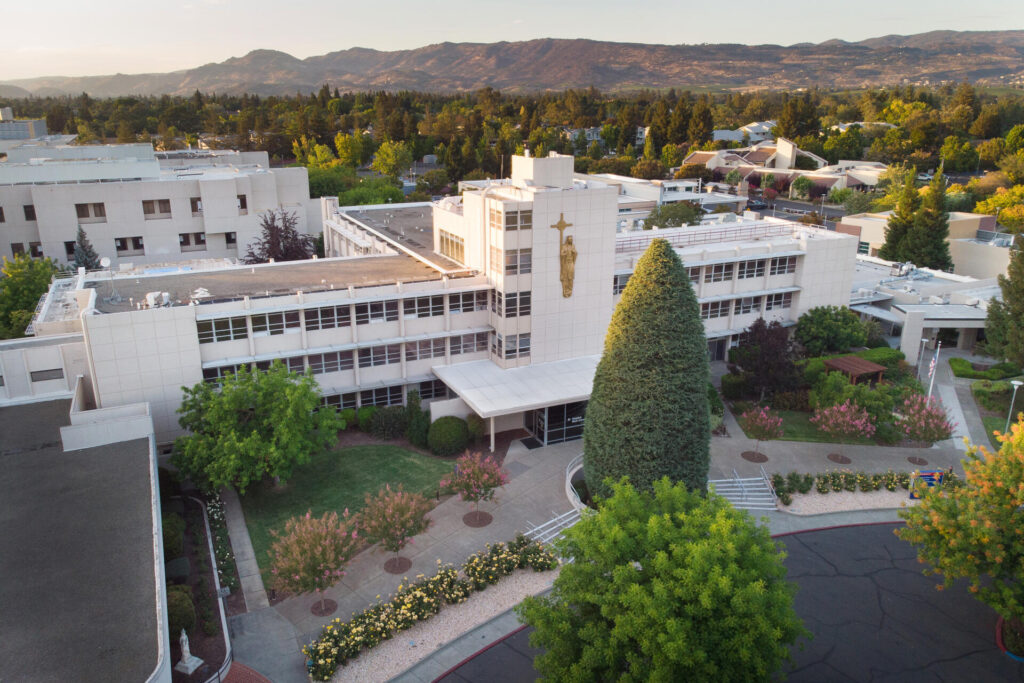
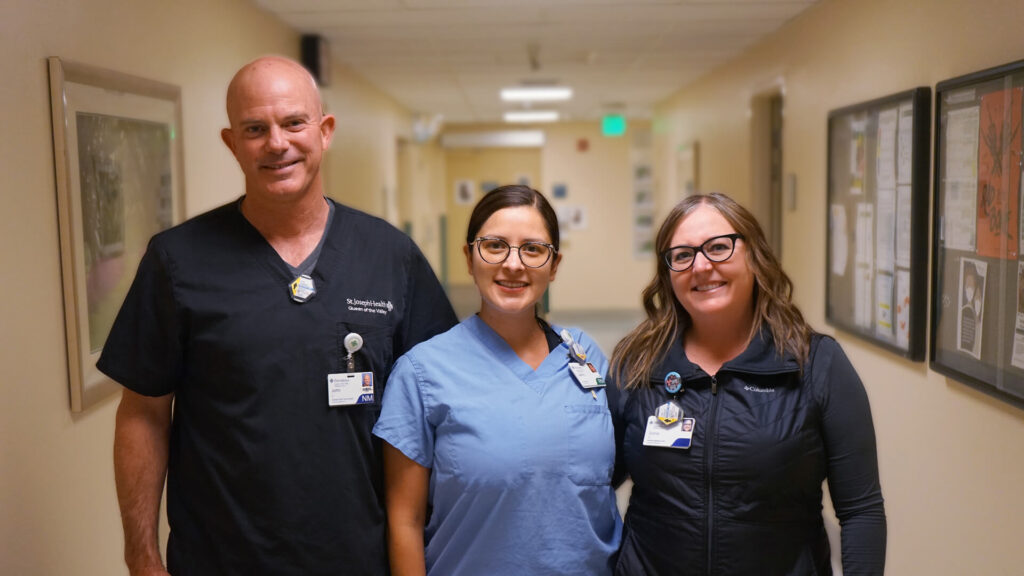

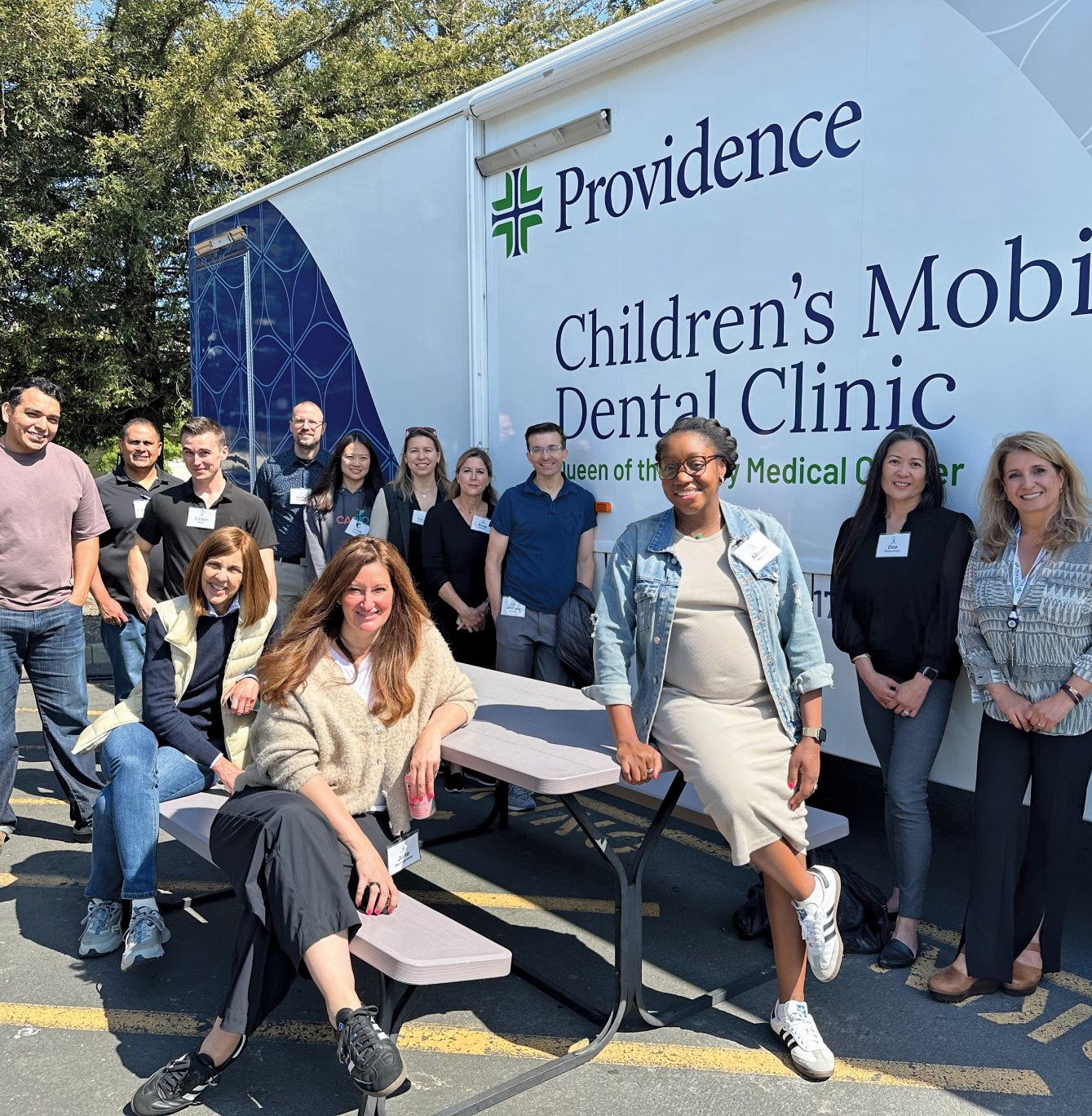

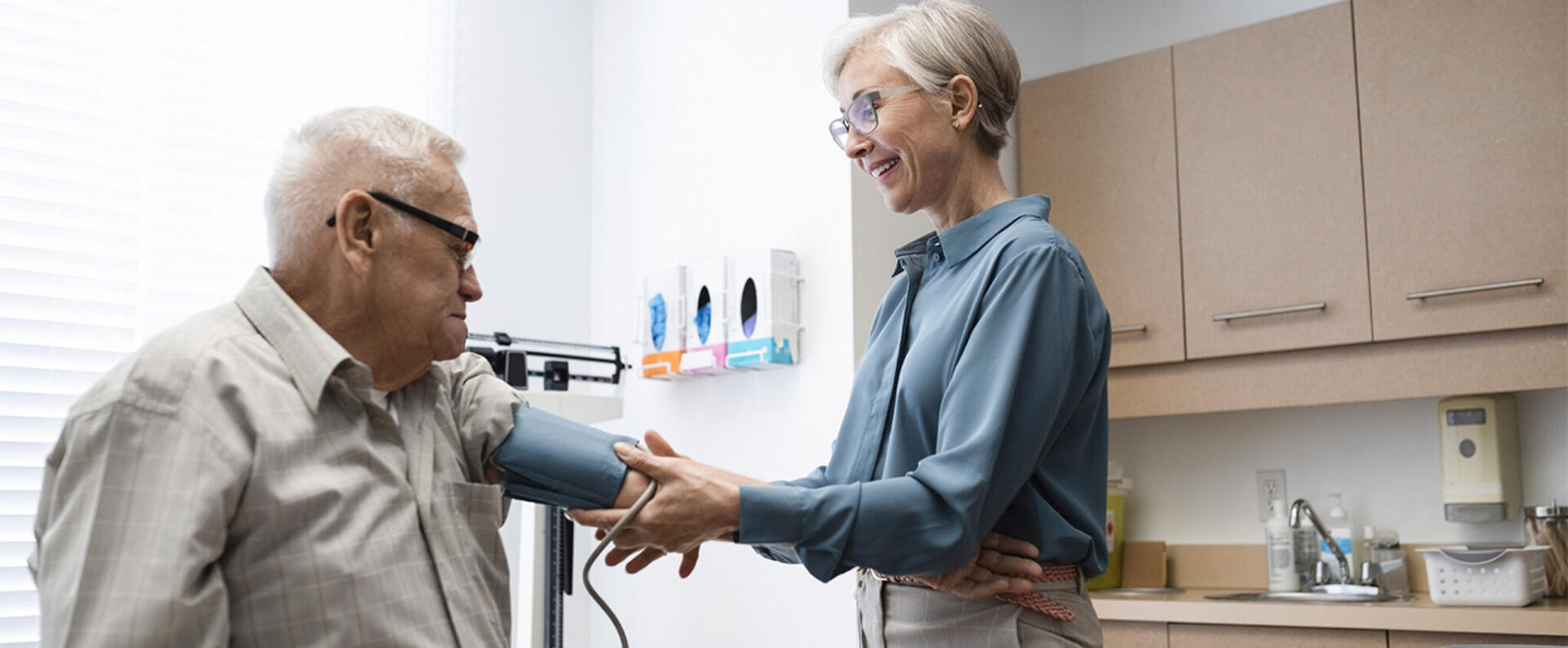

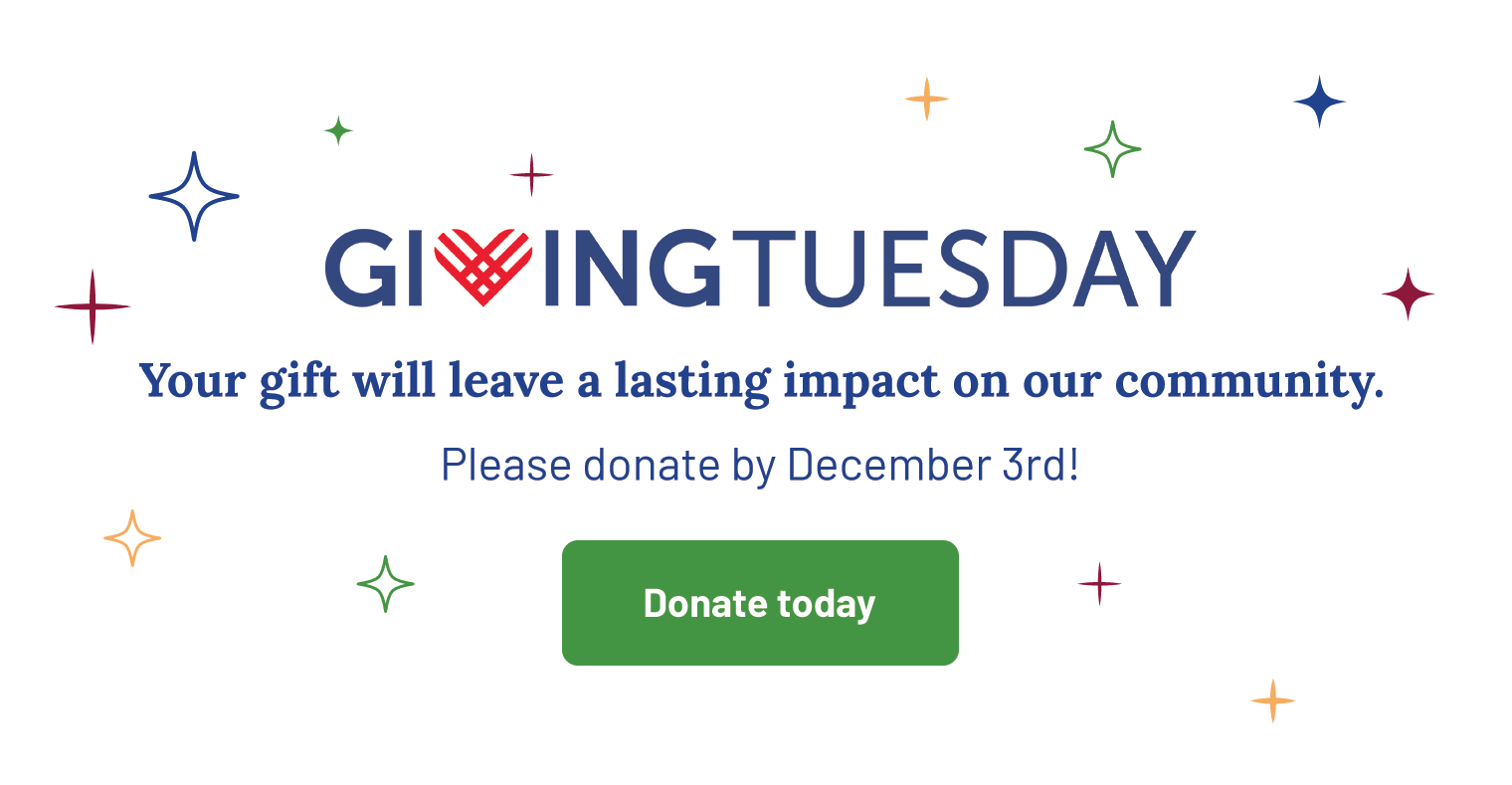

Share